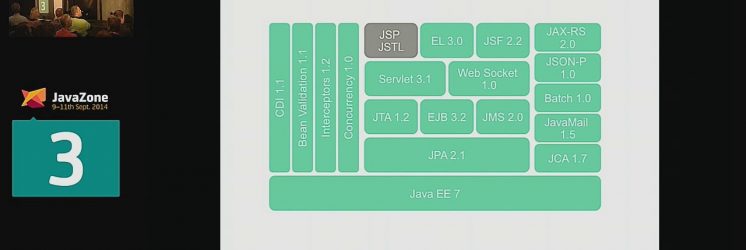Unorthodox Java Enterprise Practices
Enterprise Java is old. Our heritage is old practices, patterns, and even cargo cult programming. With Java EE 7, you can remove an amazing amount of clutter just by focusing on the business domain and ignoring old “best” practices.





